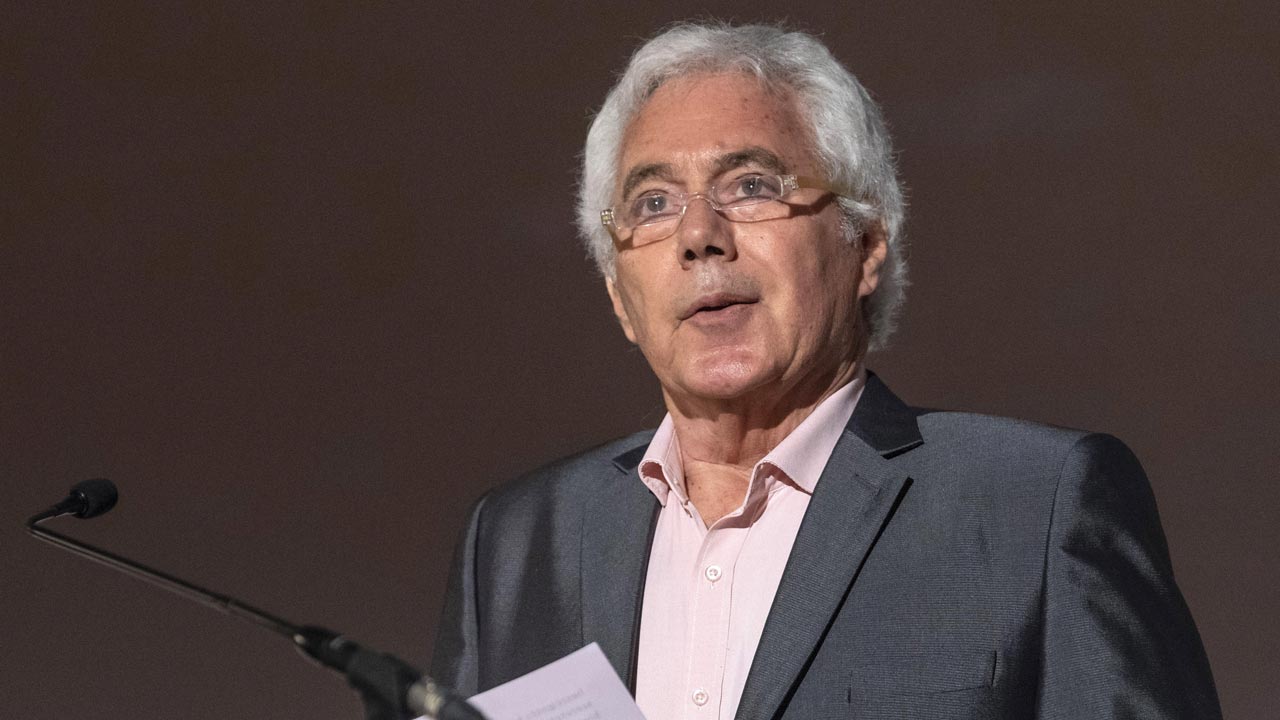The license is subject to conditions, but it is still a giant leap in self-driving technology. Waymo can start testing the robotaxi solution on the highways of a large US city, namely Phoenix, but for transportation, it must first ensure that there is at least one control person in the cars, who will step in as a driver. If necessary. Although self-driving cars are currently only available outside peak hours, this may soon change and service could be extended to 24 hours.
Crossing the border between city streets and highways could be a big milestone for robotaxi services, because in this respect they were at a severe disadvantage compared to companies working with traditional solutions, such as Uber. The latter's human drivers can drive wherever and whenever they want, which seemed like an insurmountable advantage for Waymo or any similar robo-taxi company. Or at least it seemed that way.
Providing a motorway service can make journeys more efficient and encourage more people to use the service. According to Waymo, adding express lanes on certain routes could reduce travel time for its trips by 50 percent. “The possibility of using highways will be especially important as we expand our operations to other cities,” he points out. On his blog By Waymo. “The Waymo driver adheres to the posted speed limit, but can also react to dynamic situations, such as reducing their speed due to construction or changing their speed to safely complete a lane change,” they added, according to The Robot Report. advertisement.
Waymo operates ride-hailing service over 225 square kilometers in Phoenix, but only uses surface routes. At the same time, the company has gradually increased testing on highways over the past year. San Francisco, for example, already has a robo-taxi service, recently launched a robo-taxi route in Los Angeles, and hopes to launch the full service there soon.
“Before we scale, we make sure we have a comprehensive understanding of the intended environment and the capabilities of our system. Waymo's years of experience on highways with cars and trucks has taught us how to independently navigate everyday scenarios and informs our approach to safely responding to rare events. We are constantly working on Iterate and improve our technology and processes through a rigorous process that combines structured testing, simulation and public road operations,” explains Waymo.
János Gabor, Okosipar.hu







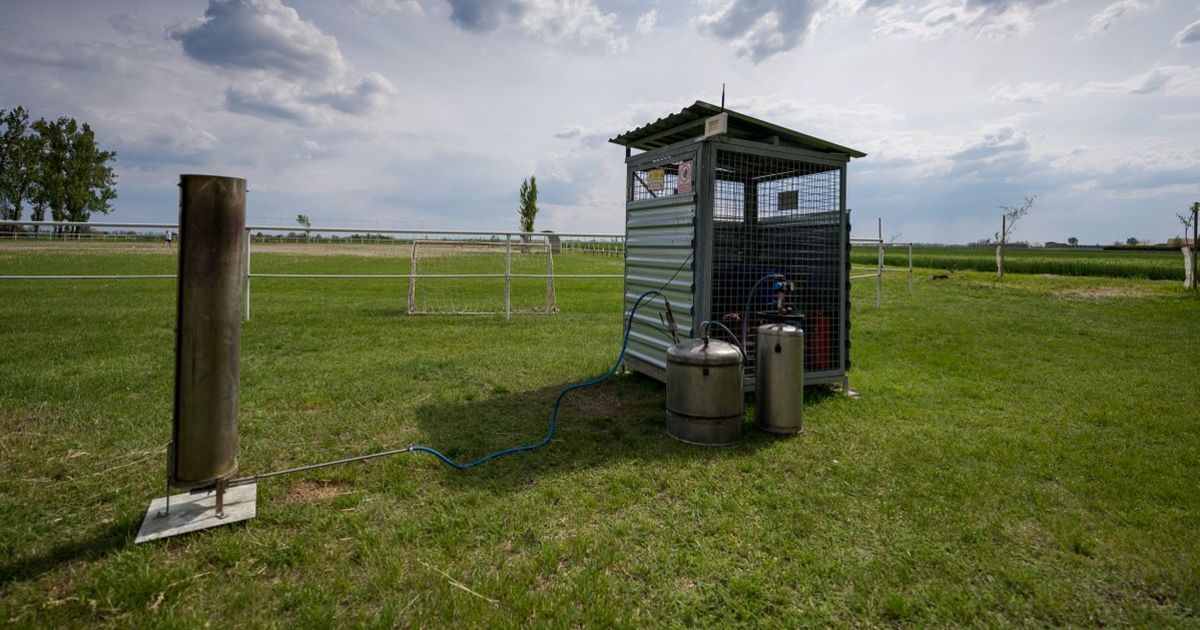

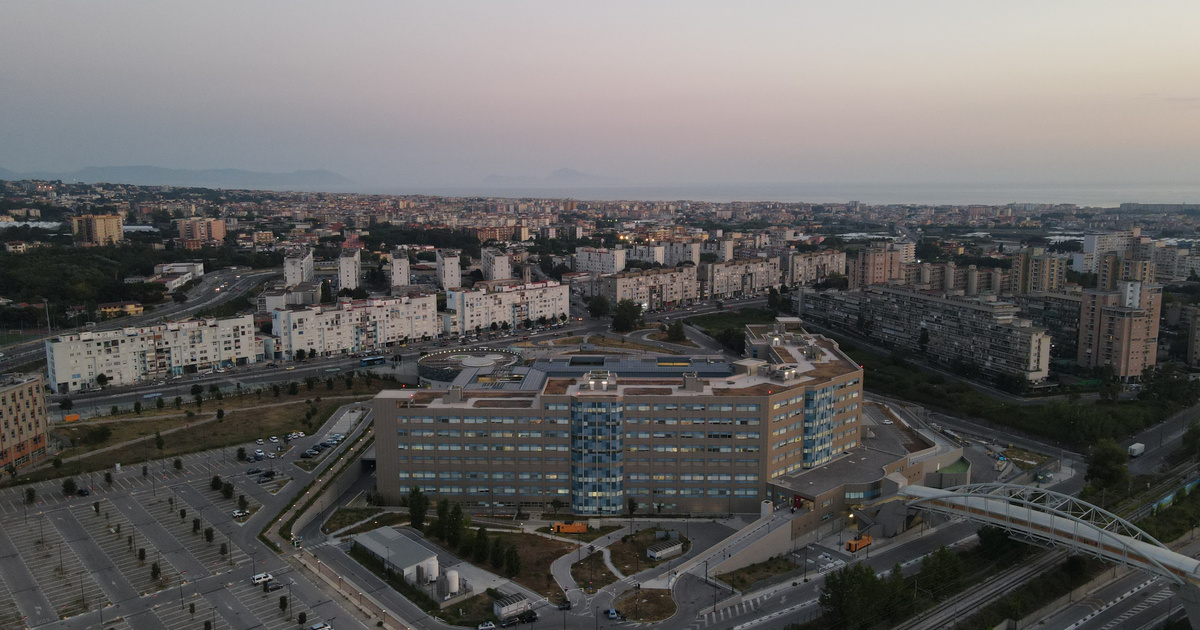





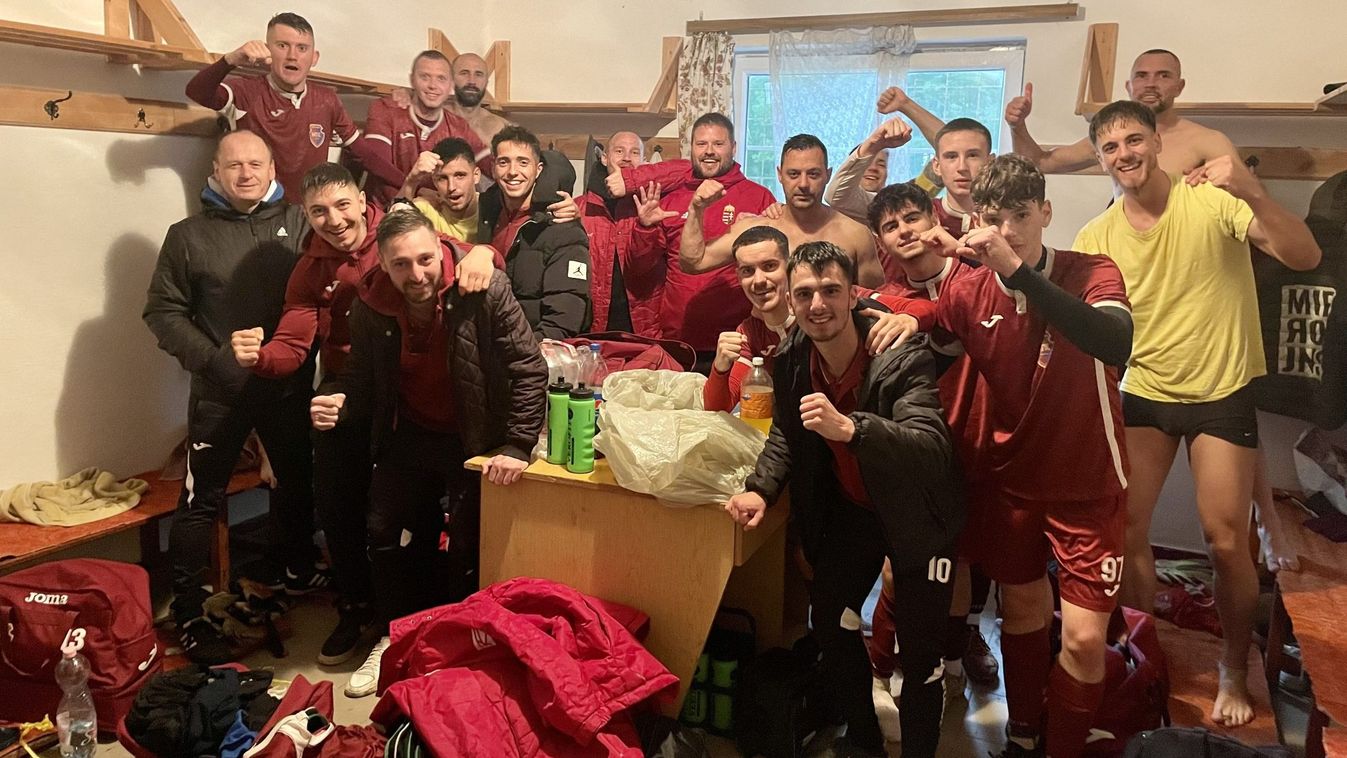

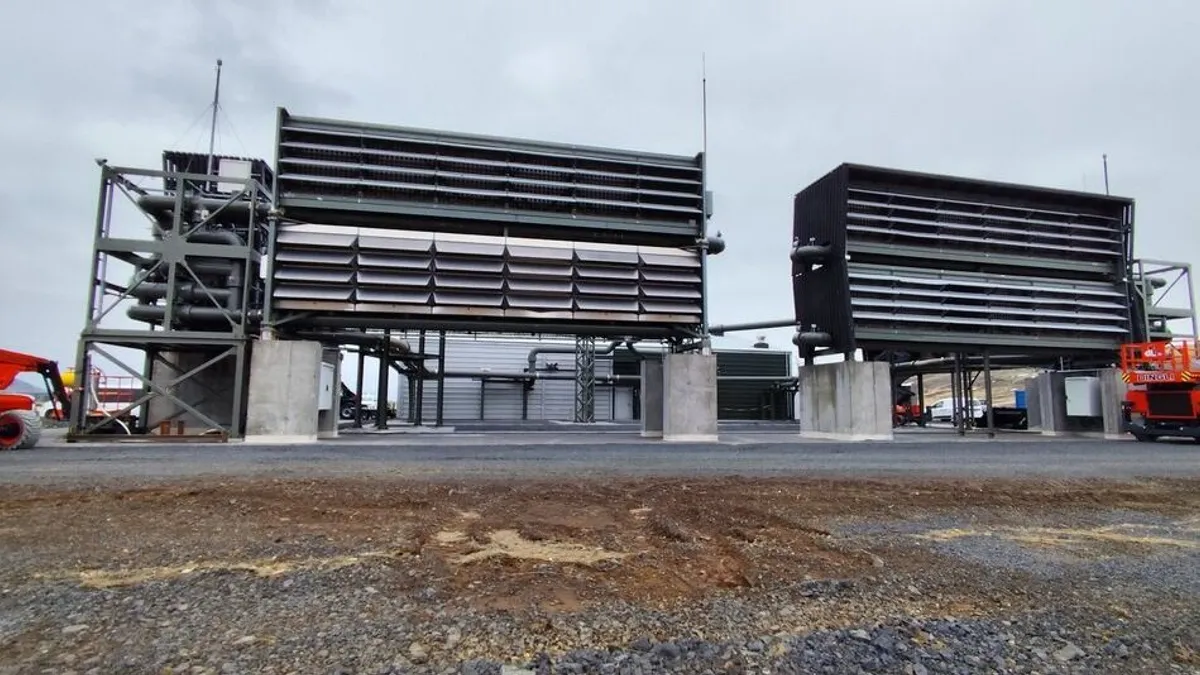
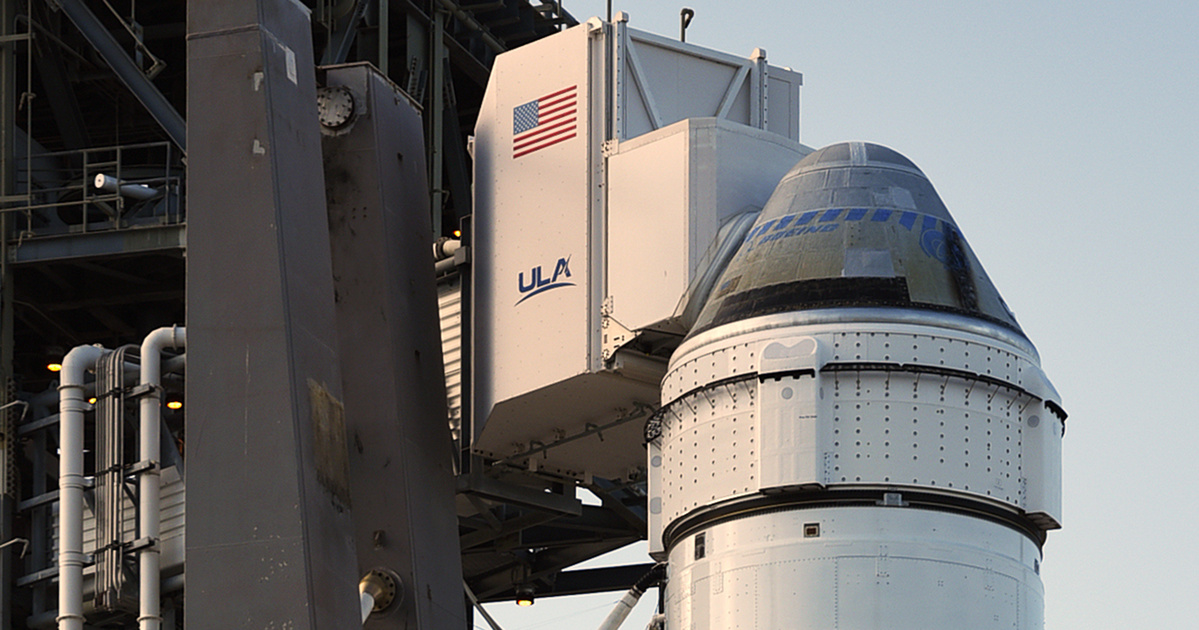





![It actually has great animation [VIDEO]](https://thegeek.hu/wp-content/uploads/sites/2/2024/05/thegeek-Kingdom-Come-Deliverance-2-1.jpg)











